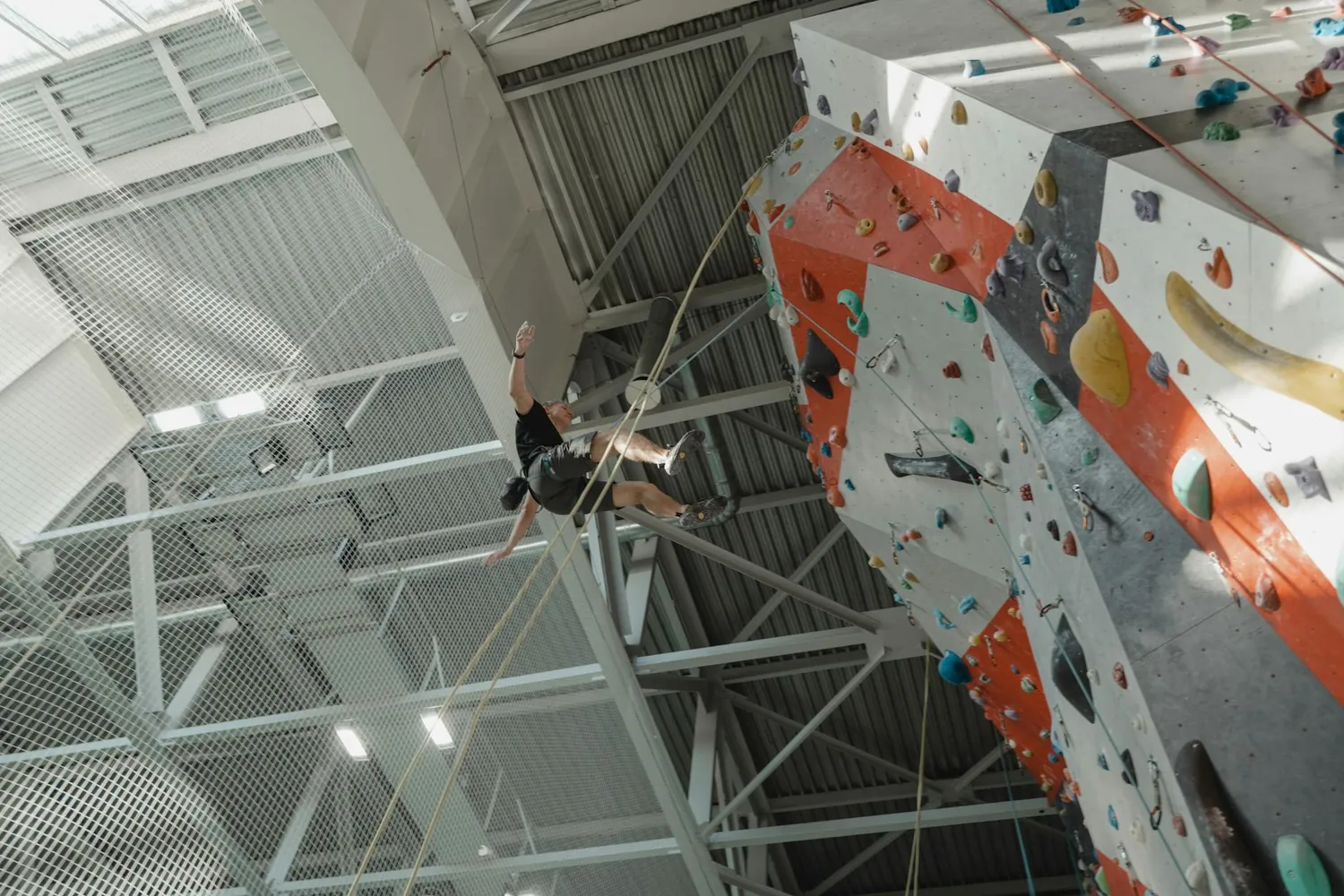Enhancing Physical Strength and Resilience at Urban Bouldering Gyms

The Urban Climbing Revolution
As cities become increasingly dense and fast-paced, urban dwellers search for unique ways to stay fit while maintaining a sense of community. Enter the bouldering gym, a haven for those seeking not just physical activity but also a mental and social refuge. Unlike traditional gyms filled with rows of intimidating machines, bouldering gyms offer a colorful, challenging landscape of climbing walls that cater to all levels of fitness enthusiasts.
In recent years, bouldering has surged in popularity due to its minimal equipment needs and social atmosphere. Urban bouldering gyms have adapted well to metropolitan spaces, often occupying converted warehouses or industrial buildings with high ceilings and expansive floors. These spaces are not only conducive to climbing but also serve as gathering spots for local communities.
Building Physical Strength
Bouldering focuses on short, intensive routes known as "problems" that require strength, technique, and strategy. Unlike traditional rock climbing, which involves harnesses and ropes, bouldering is performed at lower heights over padded mats for safety. This setup allows climbers to focus intensely on each move, requiring full-body coordination and engagement.
For someone new to bouldering, a typical session might include a warm-up on easier routes, gradually progressing to more challenging problems. Veteran climbers recommend focusing on technique rather than brute strength, as the sport emphasizes balance and precision.
- Strength Gains: Bouldering targets muscles in the arms, shoulders, back, core, and legs. It promotes muscle growth and improves endurance over time.
- Flexibility: Regular bouldering sessions enhance flexibility as climbers stretch to reach holds and contort their bodies to maintain balance.
- Cardiovascular Health: The dynamic nature of bouldering increases heart rate and aids cardiovascular health, making it an excellent form of aerobic exercise.
Cultivating Mental Resilience
Beyond physical strength, bouldering offers significant mental health benefits. Each climbing problem poses a puzzle that requires patience, determination, and creativity to solve. Climbers must quickly assess routes, adapt strategies, and persevere through multiple attempts.
Many climbers describe an almost meditative state achieved while climbing—often referred to as being "in the zone." This intense focus helps alleviate stress and build mental resilience. It's not uncommon for climbers to tackle a particularly tough problem for weeks or even months, cultivating patience and grit.
The Story of Boulder & Brew
Take Boulder & Brew, a popular urban gym located in the heart of downtown Chicago. Founded by former professional climber Sarah Bennett, the gym integrates a coffee bar into its space, fostering an environment where patrons can relax and socialize after workouts.
Sarah shares, "Bouldering taught me how to embrace failure as part of the learning process. In our gym, we encourage members to discuss their experiences, share tips, and celebrate each other's successes. It's about building a supportive community."
Nurturing Community Connections
Bouldering gyms stand out in the fitness world for their emphasis on community. Climbers often find camaraderie with fellow enthusiasts as they cheer each other on or provide guidance on difficult climbs. This social aspect is particularly valuable in urban environments where individuals can often feel isolated despite being surrounded by millions of people.
Events such as themed climb nights or competitions foster community spirit. These occasions often end with climbers gathering for food or drinks nearby, strengthening social ties beyond the climbing walls.
A Day at Urban Crux
Urban Crux in Brooklyn exemplifies this communal ethos. The gym's owner, Luis Martinez, emphasizes inclusivity by hosting beginner nights every Tuesday. "It's essential that everyone feels welcome here," Luis notes. "We want to break down barriers so that anyone curious about climbing can give it a shot without intimidation."
The gym also offers clinics led by seasoned climbers on topics ranging from techniques to injury prevention, creating pathways for personal growth and mutual support within the climbing community.
Practical Tips for Beginners
If you're considering joining the urban bouldering movement, here are some tips to get started:
- Start Small: Begin with basic routes to familiarize yourself with movement patterns before progressing to more challenging problems.
- Focus on Technique: Pay attention to foot placement and body positioning; efficient movement is key in conserving energy.
- Rest Adequately: Climbing is taxing on your muscles—ensure you allow time for recovery between sessions.
- Embrace the Social Aspect: Engage with fellow climbers—ask questions, share insights, and participate in gym events.
The Future of Urban Bouldering Gyms
The trajectory of urban bouldering gyms shows no sign of slowing down. As cities continue to grow, these gyms offer an ideal blend of fitness and community connection tailored to urban lifestyles. More than just places for physical training, they are social hubs where resilience—both mental and physical—is built through shared experience.
In this evolving landscape, urban bouldering gyms will likely play a critical role in shaping healthier cities by promoting physical activity while enhancing social bonds among diverse groups of people.





